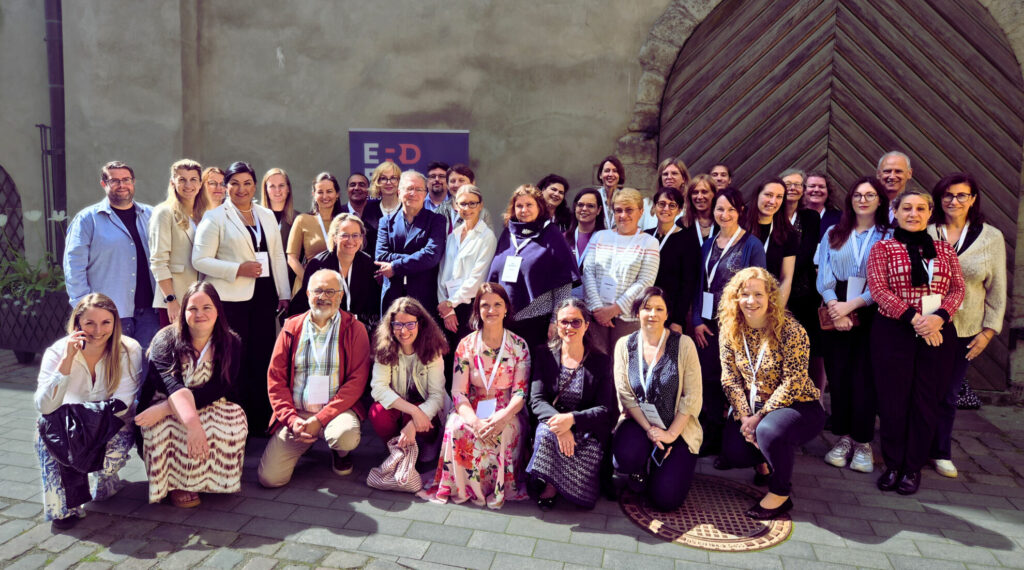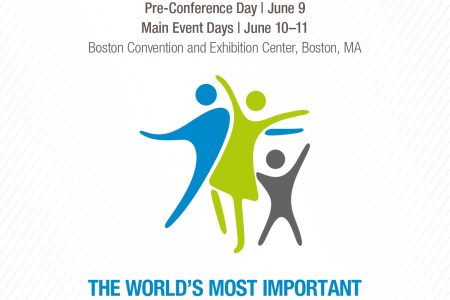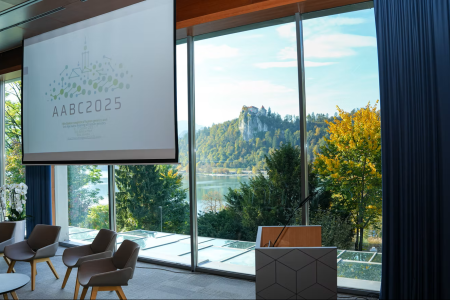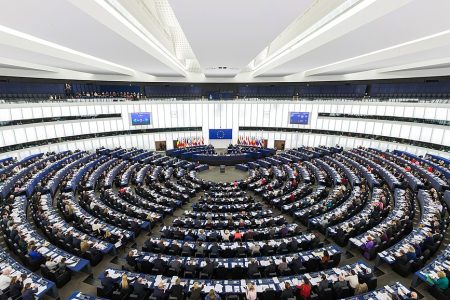Delegates from 23 countries in Europe and beyond, together with scores of virtual participants, came together in Riga, Latvia, today for the European Rare Diseases Research Alliance (ERDERA) workshop entitled “How to maximise the power of national plans for rare diseases and strengthen their capacity to foster rare-disease research.” The event, which coincides with the close of ERDERA’s first year, focused on strengthening the alignment between national action plans and the wider European research agenda while accelerating the roll-out of National Mirror Groups, or NMGs.
NMGs are ERDERA’s in-country platforms, bringing ministries, researchers and patient organisations to the same table to ensure that domestic priorities evolve in step with Europe-wide goals—and vice versa. This gap was one of the key messages from Victoria Hedley, co-lead of ERDERA’s national alignment team, who reminded participants: “We have a uniquely European experience, but we must also look beyond Europe. By this time next year, we hope all 37 National Mirror Groups will be active.”
A call to action from Riga
Opening the day, Valts Ābols, Chief Executive of Latvia’s Children’s Clinical University Hospital (CCUH), stressed the collective purpose of the effort: “It is precisely through research that future diagnostics, treatments—and hope—will emerge. Together we can craft common solutions, so those solutions thrive across all countries.”
Clément Moreau, another co-lead of ERDERA’s national alignment team, set out three immediate priorities for the months ahead: to better align EU and national strategies, to identify specific policy and funding gaps in each country, and to foster shared learning through a common toolkit of resources and practices.
Models and strategies in Europe and beyond
EURORDIS public-affairs specialists Ariane Weinman and Valentina Bottarelli unveiled fresh data from a survey of 32 European rare-disease plans. Funding shortfalls and patchy regional implementation remain widespread, yet advances such as national registries and AI-enabled diagnostics are gaining ground.
The policy backdrop is substantial, they argued, calling for a streamlined policy framework linking ERDERA’s research focus with the push to embed European Reference Networks (ERNs) in health systems through the JARDIN Joint Action, avoiding duplication and ensuring that patient voices shape every stage.
Europe and beyond: putting patients at the centre
Among the earliest National Mirror Groups, Portugal shows how sustained collaboration between researchers, health authorities and patient organisations can produce a single, coherent roadmap. That model now travels well beyond Europe; as coordinator Sandra Alves noted, progress accelerated as soon as patients joined the discussion. “The new national plan for rare diseases draws directly on the priorities set by those patient representatives; they were involved from the first draft”, she says.
This approach is echoed by Rare Disorders New Zealand, which is pressing for te ao Māori principles to be woven into the national strategy, and for the rare-disease community to be treated as a permanent partner in all public-health decisions. The organisation warns that a decade-long roadmap can lose momentum unless it is marked by nearer milestones and regular reviews: “One of the first steps is that the agencies should develop short term action plans, overcoming the limitations of a 10-year national strategy,” said Chris Higgins, Chief Executive at Rare Disorders NZ.
Spain, meanwhile, informed that it is refreshing its national strategy with a stronger research lens—expanding the state Registry, financing genomic data-sharing and linking regional, national and cross-border networks—while openly acknowledging the uneven roll-out of services between autonomous communities.
Beyond Riga – measuring progress and filling the map
With ERDERA backed by €380 million through 2031, momentum is building. As the workshop drew to a close, Madara Auzenbaha, head of CCUH’s Rare-Disease Coordination Centre and co-lead of ERDERA’s national alignment area reminded attendees that impact in rare diseases must be measurable: “We can—and must—track what really matters: earlier diagnosis, broader trial inclusion, and national plans that lead to action.”
Participants committed to reconvening in twelve months, with tangible indicators in hand and, ideally, a full network of 37 National Mirror Groups up and running.





